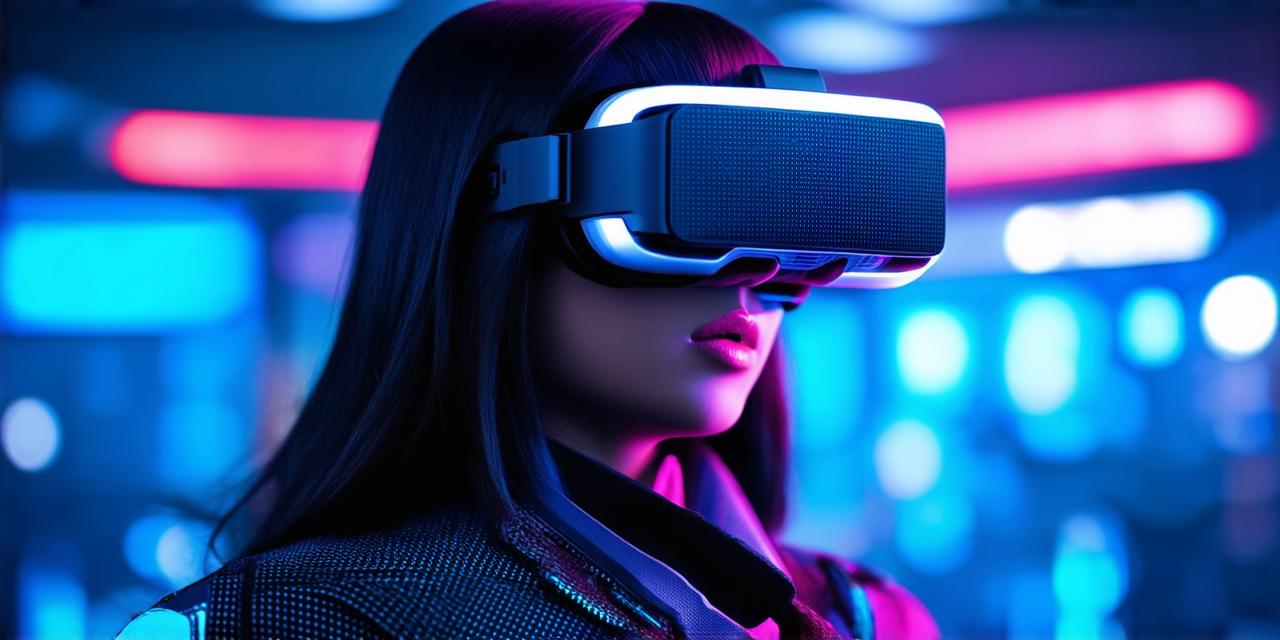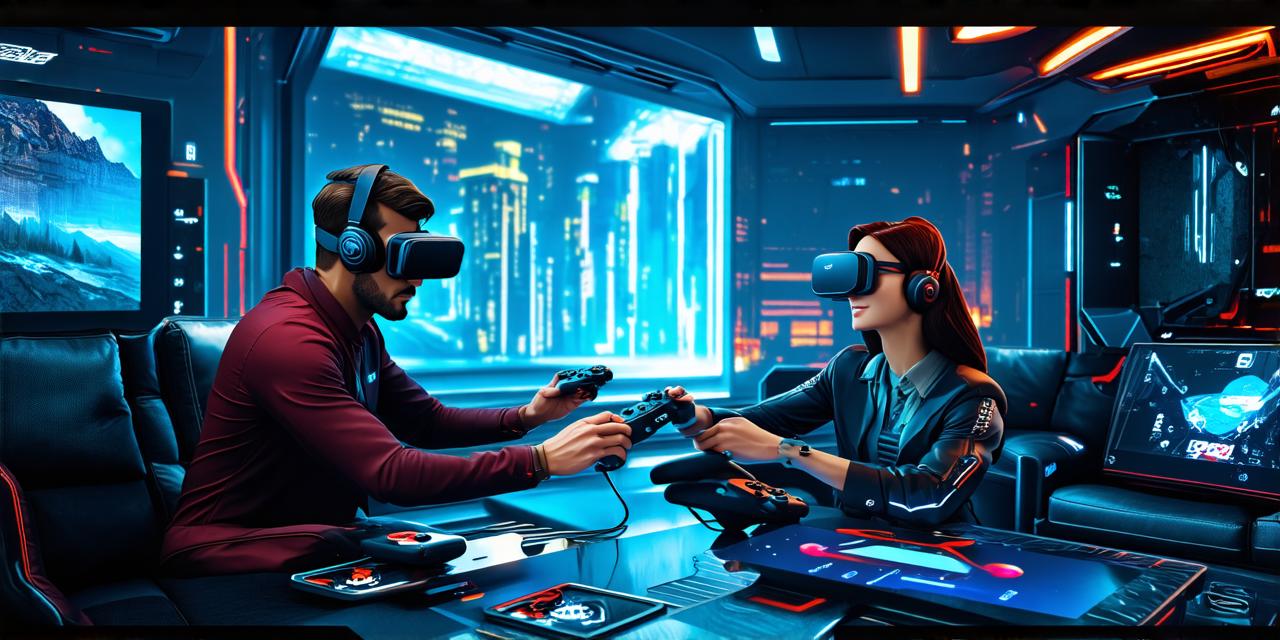In today’s digital age, technology has advanced to a level where we can interact with virtual objects in the real world. Augmented Reality (AR) and Mixed Reality (MR) are two technologies that allow users to experience immersive virtual environments in different ways. In this article, we will explore the key differences between AR and MR, helping you understand which technology is best suited for your needs.
What is Augmented Reality?
Augmented Reality is a technology that overlays digital information on top of the real world. It enhances the user’s perception of the physical environment by adding virtual objects, such as graphics or animations, to real-world images. AR is often used in mobile applications, where users can interact with virtual objects in their surroundings.
What is Mixed Reality?
Mixed Reality is a technology that combines both Augmented Reality and Virtual Reality (VR) to create an immersive experience that blends the real world with virtual objects. MR allows users to interact with virtual objects in a realistic way, while still being able to see their physical surroundings. MR technology typically requires specialized equipment such as headsets or smart glasses.
Key Differences between AR and MR
-
Interactivity: AR is primarily used for enhancing the user’s perception of the real world by adding digital objects, while MR allows users to interact with virtual objects in a realistic way.
-
Equipment: AR can be experienced through a mobile device or computer screen, while MR typically requires specialized equipment such as headsets or smart glasses.
-
Immersiveness: MR provides a more immersive experience by blending the real world with virtual objects, while AR is more focused on enhancing the user’s perception of their surroundings.
-
Field of View: MR usually provides a wider field of view compared to AR, allowing users to see both the real and virtual worlds at the same time.
-
Realism: MR provides a more realistic experience by blending the real and virtual worlds seamlessly, while AR can sometimes appear unrealistic due to the overlays of digital objects on top of the real world.
Summary
In conclusion, Augmented Reality and Mixed Reality are two technologies that provide users with immersive experiences in different ways. While AR is more focused on enhancing the user’s perception of their surroundings by adding virtual objects, MR provides a more immersive experience by blending the real and virtual worlds seamlessly. The choice between AR and MR ultimately depends on your specific needs and use case.



